As a small, locally owned roofing company in Southeast Virginia, we understand the unique challenges our region presents, from humid summers to occasional hurricanes.
That’s why we trust Timberline HDZ shingles from GAF for our roofing projects. Let’s take a closer look at the benefits of these shingles and why they’re an excellent choice for your home.
Superior Durability
Living in Hampton Roads means dealing with unpredictable weather. Timberline HDZ shingles are designed for advanced durability. They feature GAF’s LayerLock™ technology, which ensures each shingle stays firmly in place, even in high winds – an innovation that is particularly important in our area, where strong winds and heavy rains can be a concern. In fact, Timberline HDZ shingles are rated to withstand winds up to 130 mph when installed with the required accessories—perfect for homes in hurricane-prone regions.
Superior Aesthetic Appeal
A roof is more than just a functional part of your home; it’s a significant contributor to curb appeal. Timberline HDZ shingles come in a variety of colors and textures, allowing homeowners to choose a style that complements their home’s design. The shingles’ dimensional look mimics the appearance of wood shakes, giving your roof a high-end, polished appearance without the high-end cost.
Peace of Mind with Warranties
When you invest in a new roof, you want to know it will last. Timberline HDZ shingles come with GAF’s robust warranties, including their Lifetime Limited Warranty. This means that as long as your roof is installed by a GAF-certified contractor like Andrews Roofing, you can enjoy long-term protection against defects and wear.
Enhanced Installation Efficiency
For our team, the installation process is just as important as the product itself. Timberline HDZ shingles are designed with StrikeZone™ nailing technology, the industry’s widest nail zone. This innovation not only speeds up installation but also ensures precise nailing, which enhances the roof’s overall integrity. A quicker, more accurate installation means fewer disruptions for you and a roof that’s built to last.
Eco-Friendly Roofing Solution
We know many homeowners are looking for sustainable options, and Timberline HDZ shingles check that box as well. They are designed with an emphasis on sustainability, meeting some of the industry’s highest standards for recycled content. Additionally, the shingles’ long lifespan helps reduce waste by minimizing the need for frequent roof replacements.
Andrews Roofing: Your Neighborhood Roofing Company
As a locally owned business, we’re deeply committed to our community. We’re not just here to install your roof, we’re here to build lasting relationships based on trust and quality workmanship. We value referrals and word-of-mouth recommendations, which we know we can only earn through exceptional service.
By choosing us and a quality product such as Timberline HDZ shingles, you’re not only investing in a top-notch product but also supporting a roofing company that truly cares about your home and our Tidewater community.
If you’re considering a roof replacement, contact us today for a free consultation and estimate. Let us help you protect your home with a roof that’s built to last.


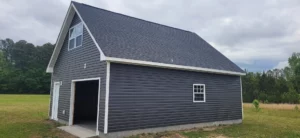

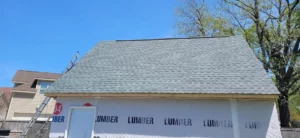
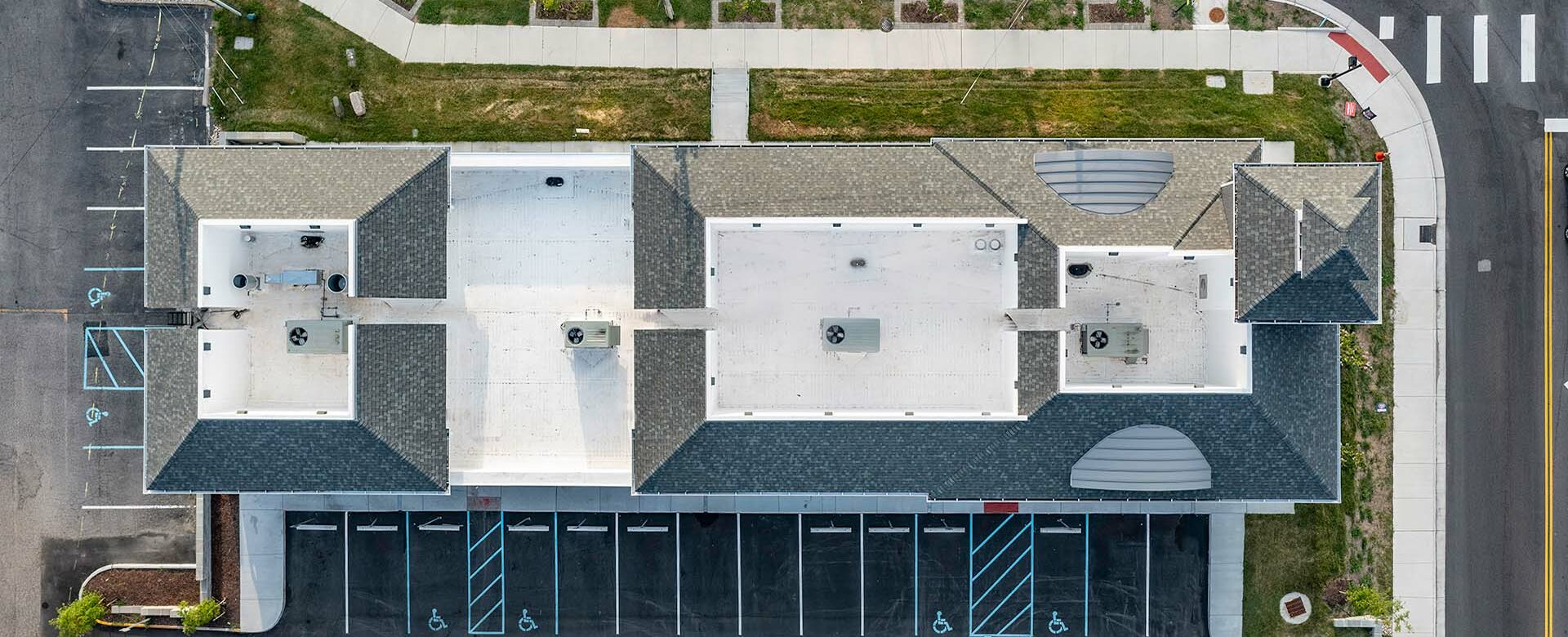
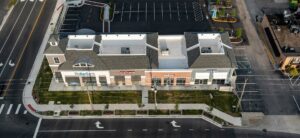
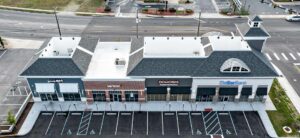
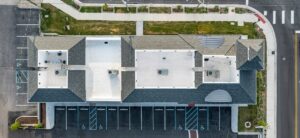

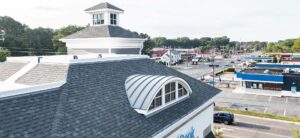
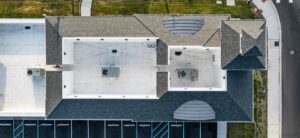
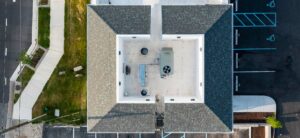


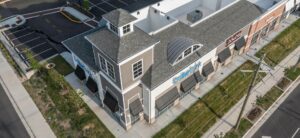

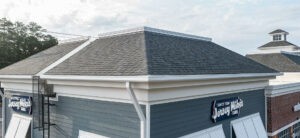

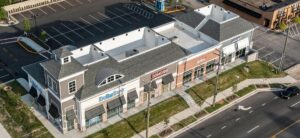
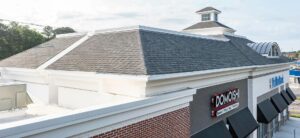
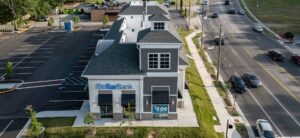
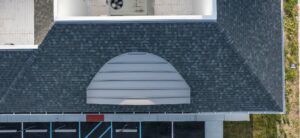
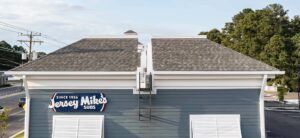

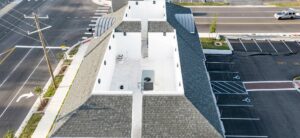


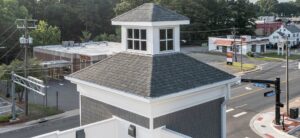
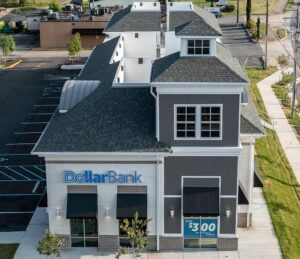
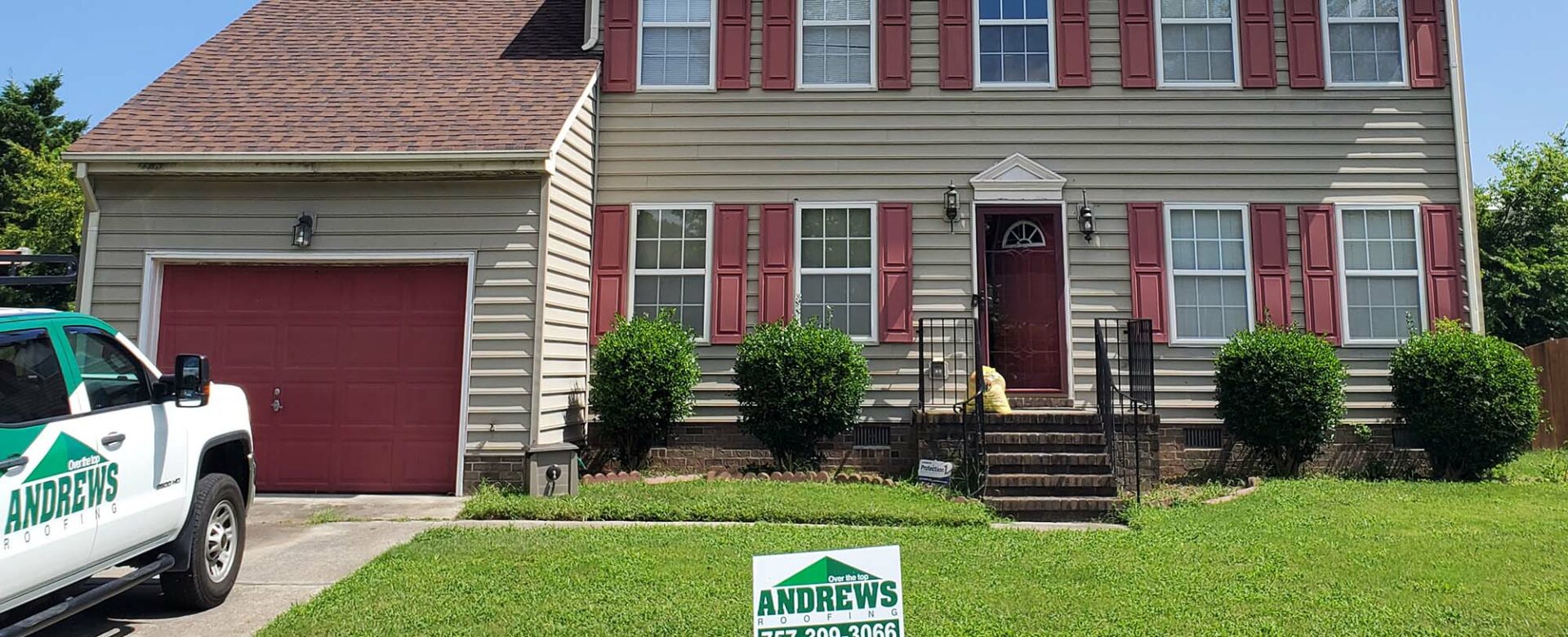
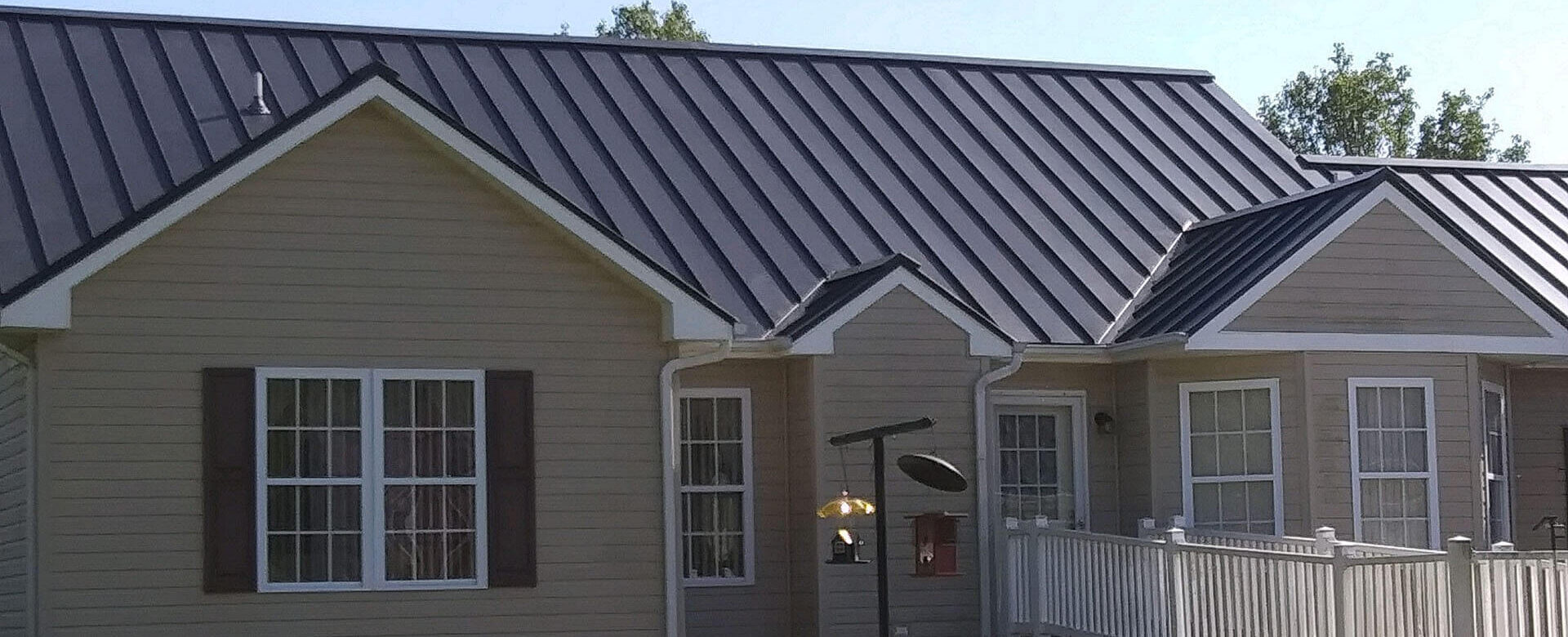

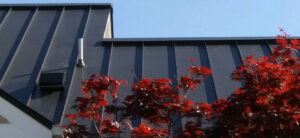


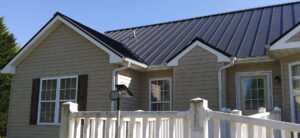


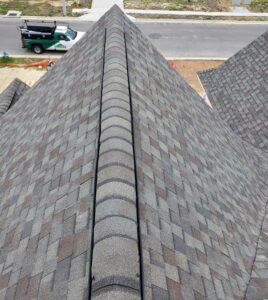 As the weather changes from cold to mild to hot in Hampton Roads, you may find yourself fiddling with the thermostat more than usual. The dramatic changes in temperature that the spring season brings to southeast Virginia can affect a lot of systems around your house, and your roof is no exception.
As the weather changes from cold to mild to hot in Hampton Roads, you may find yourself fiddling with the thermostat more than usual. The dramatic changes in temperature that the spring season brings to southeast Virginia can affect a lot of systems around your house, and your roof is no exception.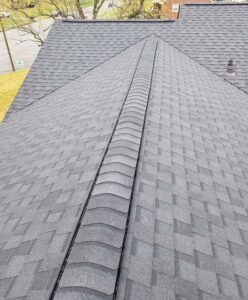 Your roof is highly susceptible to temperature changes both inside and outside of your home due to the sheer surface area and exposure to the elements. This is why proper ventilation is critical. In fact, ventilation may be the most important factor in roof durability. It’s easy to focus on the durability factors of your roofing materials – the lifespan of metal versus asphalt shingles versus composite materials and so on. But no matter how well made a roofing material is, if it’s installed over an unventilated roof, it’s bound to fail.
Your roof is highly susceptible to temperature changes both inside and outside of your home due to the sheer surface area and exposure to the elements. This is why proper ventilation is critical. In fact, ventilation may be the most important factor in roof durability. It’s easy to focus on the durability factors of your roofing materials – the lifespan of metal versus asphalt shingles versus composite materials and so on. But no matter how well made a roofing material is, if it’s installed over an unventilated roof, it’s bound to fail.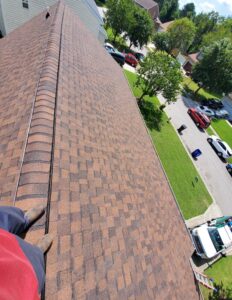
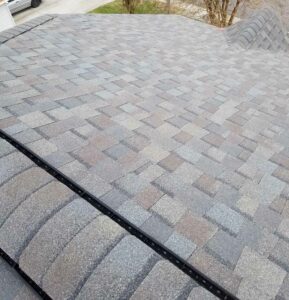 In addition to this free flow of air, insulation can play a key role in proper attic ventilation. Ideally an attic will have a gap-free layer of insulation on the attic floor to protect the house below from heat gain or loss. It will also have a vapor retarder under the insulation and next to the ceiling to stop moisture from rising up from the home into the attic space. Then there should be enough vented spaces to let air in and out, and finally, there should be a minimum of one inch between the insulation and the roof sheathing. With these systems in place, your attic and roof are likely to stand the test of time.
In addition to this free flow of air, insulation can play a key role in proper attic ventilation. Ideally an attic will have a gap-free layer of insulation on the attic floor to protect the house below from heat gain or loss. It will also have a vapor retarder under the insulation and next to the ceiling to stop moisture from rising up from the home into the attic space. Then there should be enough vented spaces to let air in and out, and finally, there should be a minimum of one inch between the insulation and the roof sheathing. With these systems in place, your attic and roof are likely to stand the test of time. The best way to ensure that all of the proper ventilation measures have been taken to extend the life of your roof is to work with a qualified, licensed roofing contractor. At Andrews Roofing, we’ve been providing Hampton Roads homeowners with high quality roofing services for years, and we are experienced with the unique seasonal and meteorological issues that homes in this area face. If you’re concerned about your roof receiving ideal ventilation or if you need your roof system repaired or replaced,
The best way to ensure that all of the proper ventilation measures have been taken to extend the life of your roof is to work with a qualified, licensed roofing contractor. At Andrews Roofing, we’ve been providing Hampton Roads homeowners with high quality roofing services for years, and we are experienced with the unique seasonal and meteorological issues that homes in this area face. If you’re concerned about your roof receiving ideal ventilation or if you need your roof system repaired or replaced,